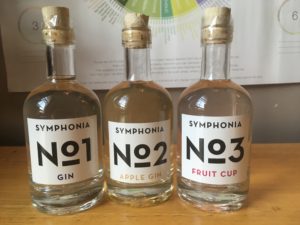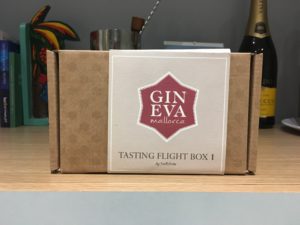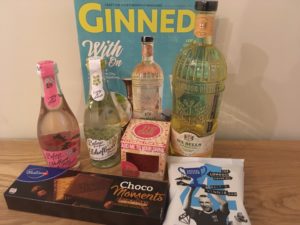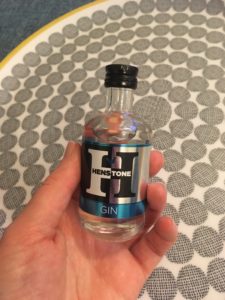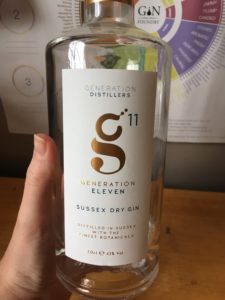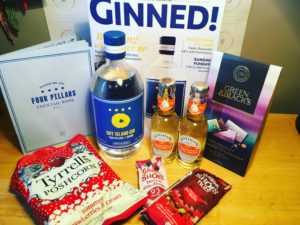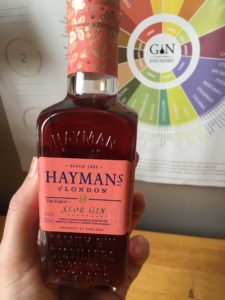Note: I met the Gin Eva team at Junpalooza and they kindly gave me some samples to try. As always, I’ll let you know what I think.
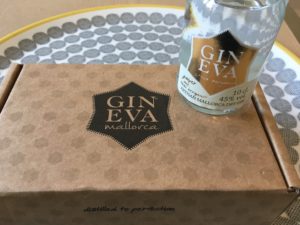 You might have already read my blog on Gin Eva‘s Mallorca Dry gin (if not, you can catch up here) and today we are trying their artisan bergamot gin. This started back in 2016 when they were looking for a farm that grew yuzu as they were planning a collaboration with a Michelin starred chef which would be their featured botanical. Whilst researching this, they met Franc who specialises in citrus fruits on his farm in Valencia. They specifically loved his bergamot oranges which is a hybrid of a lime and a bitter orange. They distilled this and blended it with Macedonian juniper and nothing else. That’s right. Two botanicals. That’s it. They released the first batch in October 2017 with just 1,000 bottles, which was followed up by batch two in April 2018 of 3,000 bottles. They say this is a great sipping gin, G&T or 50/50 martini.
You might have already read my blog on Gin Eva‘s Mallorca Dry gin (if not, you can catch up here) and today we are trying their artisan bergamot gin. This started back in 2016 when they were looking for a farm that grew yuzu as they were planning a collaboration with a Michelin starred chef which would be their featured botanical. Whilst researching this, they met Franc who specialises in citrus fruits on his farm in Valencia. They specifically loved his bergamot oranges which is a hybrid of a lime and a bitter orange. They distilled this and blended it with Macedonian juniper and nothing else. That’s right. Two botanicals. That’s it. They released the first batch in October 2017 with just 1,000 bottles, which was followed up by batch two in April 2018 of 3,000 bottles. They say this is a great sipping gin, G&T or 50/50 martini.
